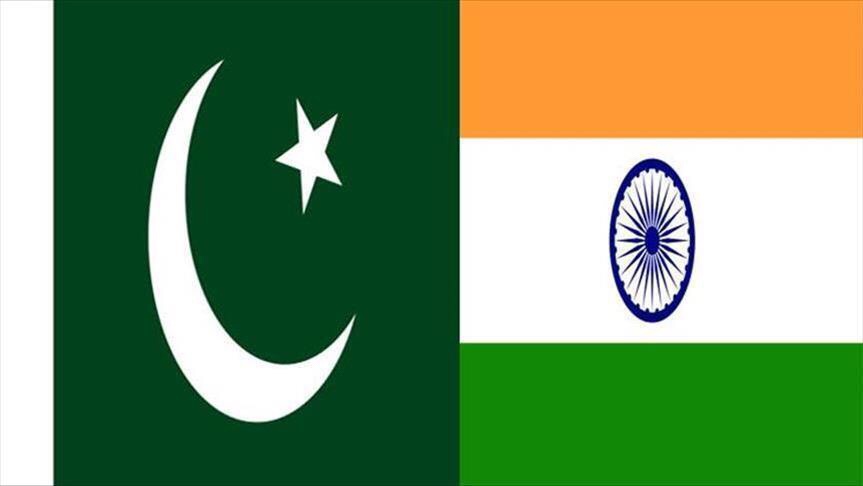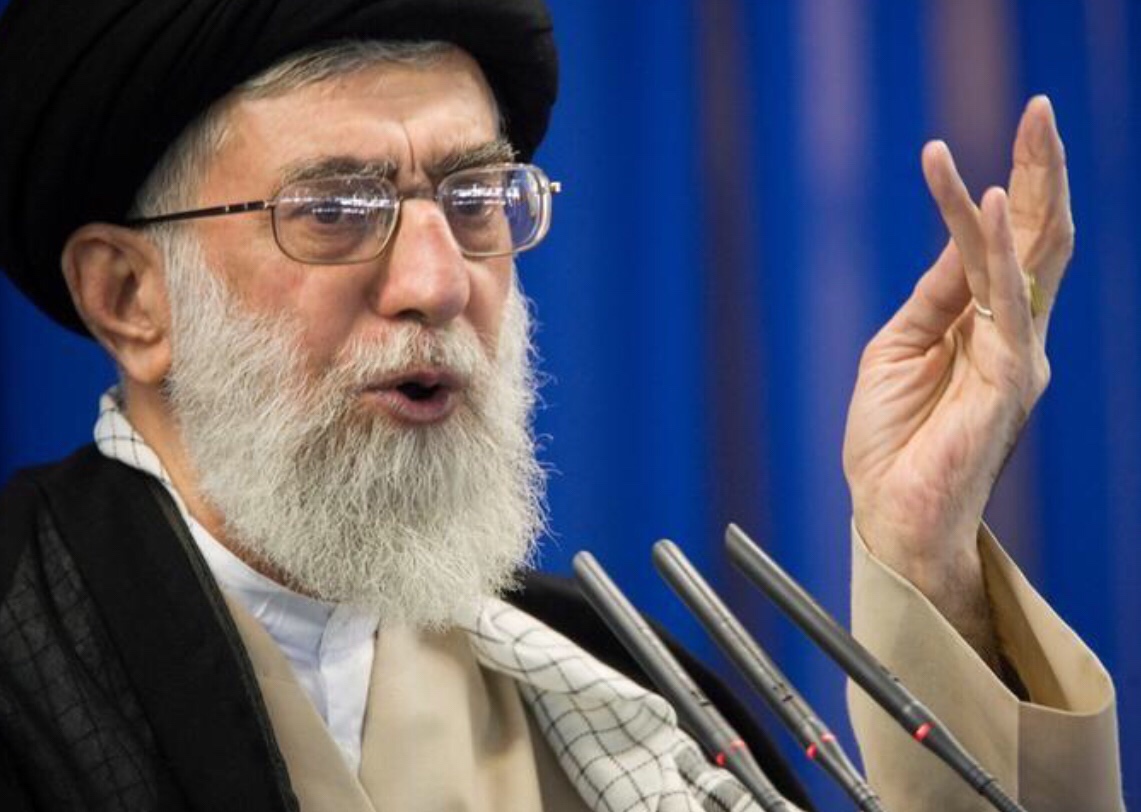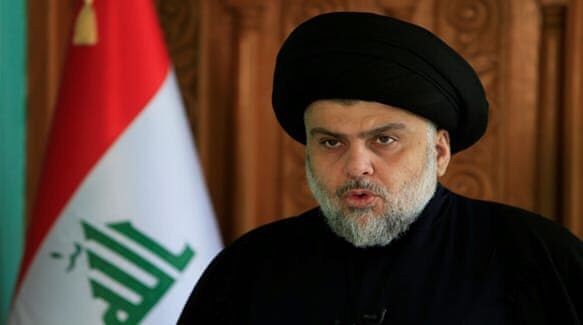 Muqtada al-Sadr: Iraq's militia leader turned champion of poor
Shia leader's appeal to the disenfranchised and the low voter turnout factored into his alliance's surprise victory.
Muqtada al-Sadr: Iraq's militia leader turned champion of poor
Shia leader's appeal to the disenfranchised and the low voter turnout factored into his alliance's surprise victory.
by
Arwa Ibrahim
17 May 2018
Shia leader Muqtada al-Sadr surprised the world when his Sairoon Alliance captured more parliamentary seats than any other party or alliance in Iraq's parliamentary elections, in a remarkable comeback after being sidelined for years by Iranian-backed rivals.
Once known as a staunch anti-American militia leader,
al-Sadr has rebranded himself in recent years as a patriotic champion of the poor and an anti-corruption firebrand.
This rebranding, along with the low voter turnout of only 44.52 percent, were, according to analysts, the main factors that enabled Sairoon - an alliance between the Sadrist Movement and Iraq's Communist Party - to win six of Iraq's 18 provinces, including Baghdad.
Although final results are yet to be released, most of the country's politicians have accepted the tally so far, which has seen Sairoon win more than 1.3 million votes, winning 54 out of 329 parliament seats. Without an outright majority, al-Sadr will still need to build an alliance with other blocs to form the new government.
Unlike Prime Minister
Haider al-Abadi - an ally of both the United States and Iran - al-Sadr's positioning against dominant pro-Iran Shia blocs and away from the US is likely to rock established interests in Iraq.
'Man of the poor'
By projecting himself as an Iraqi nationalist and mixing his resistance to US presence in the early 2000s with Shia religiosity - as the son of the late Grand Ayatollah Mohammad Sadeq al-Sadr, a highly regarded scholar throughout the Shia Muslim world -
al-Sadr became a figurehead for many of Iraq's poor Shia Muslims.
Since 2003, his followers have provided healthcare services, food and clean water across many parts of Iraq's poor suburbs and especially in
Sadr City, a district of Baghdad named after his father. Al-
Sadr's militia has since acted in Sadr City almost unhindered by US and Iraqi forces to influence local councils and government. This established his zealous following among the young, poor and dispossessed.
Similarly, Sairoon's 2018 election campaign used anti-corruption rhetoric and focused on cutting across sectarian platforms, appealing to frustrated Iraqis who complained about their political elite's systematic patronage, bad governance and corruption.
Iraq has been ranked among the world's most corrupt countries, with high unemployment, poverty and weak public institutions.
"For a couple of years,
Sadr has been arguing against the level of corruption in the government," which, according to Talha Abdulrazaq, an Iraq expert at the University of Exeter's Strategy and Security Institute, attracted "the predominant demographic of Shia, working-class neighbourhoods" in the six provinces that voted for Sairoon.
While top politicians in suits voted in Baghdad's Green Zone on May 12, al-Sadr cast his ballot at a school in a poor district of Najaf, a hub for Iraq's Shia communities. Footage of him dressed in his trademark turban and robe reinforced his image as a maverick who appeals to the disenfranchised.
According to Abdulrazaq,
al-Sadr's alliance with Iraq's Communist Party also worked in his favour.
"The communists are well organised on a grassroots level which allowed the bloc to mobilise," said Abdulrazaq, highlighting the long history of partnership between Iraq's Shia and communist groups. According to him, many of the communist movements' recruits have been Shia Arabs.
Fanar al-Haddad, a senior research fellow at the Middle East Institute of the National University of Singapore, agreed: "Sadr has always appealed to the Shia working class and his alliance with the communists chimed into the image of a reformer and someone who wants to bring in new blood."
Voters in Baghdad complained that most candidates running were part of the same elite. They
told Al Jazeera that they were in search for "new faces and wanted change".
In contrast to other blocs, Sairoon Alliance offered the voters new candidates, including the likes of Muntadhar al-Zaidi - a journalist famed for hurling a shoe at former US President George W Bush during his visit to Baghdad in 2008.
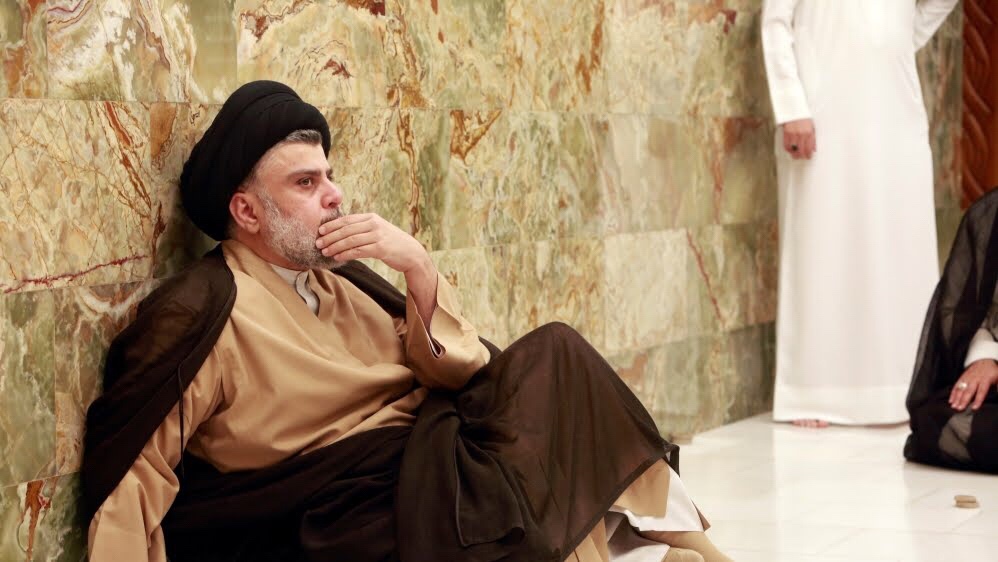 Iraqi Shia leader Muqtada al-Sadr
Iraqi Shia leader Muqtada al-Sadr cast his vote for the parliamentary election at a polling station in Najaf [Reuters]
Low voter turnout
In addition to his grassroots appeal, the low voter turnout, which was 15 percent less than in 2014, worked in al-
Sadr's favour, according to analysts.
"While
Sadr has a support base that is fairly solid and inelastic - unlike other party leaders, the result is equally a function of the low turnout for his rivals," said al-Hadad.
The majority of Iraqis did not vote, partly due to an online
boycott campaign spearheaded by activists.
Meanwhile, with millions of predominantly Sunni internally displaced persons (IDPs) unable or uninterested to vote, "the results were skewed in
Sadr's favour", said Abudlrazaq, who explained that the millions of IDPs in urgent need of basic assistance "have had more important things to think about than voting".
With Iraq having more than 2 million people displaced since 2014 and living in IDP camps, Sunni leaders demanded that the elections be postponed until these communities could return to their homes. Their appeals were not addressed.
Although the government
set up 166 polling stations in 70 camps for internally displaced persons, IDP voters
reported facing difficulties, which left few able to cast their ballots.
Shifting alliances
Al-Sadr did not stand as a candidate himself, so he will not head the new government, although his alliance will have a big say in the composition of the as-yet unclear future government
.
Domestically,
al-Sadr's eyes seem to be set on forging alliances with a variety of blocs to fight corruption and allow for an independent, non-sectarian government of technocrats, according to a Tuesday address made by his spokesman, Saleh al-Obeidi.
But he appears to wish to stay away from two groups heavily aligned with Iran, the former Prime Minister Nouri al-Maliki's State of Law Coalition and Hadi al-Ameri's Fateh Coalition.
Al-Sadr posted a tweet on Monday expressing a willingness to work with a number of parties - among those he named were the Shia-aligned al-Hikma bloc, the Sunni al-Wataniya bloc, and newly established Kurdish parties.
For its part, Iran publicly
stated it would not allow his bloc to govern, which has led many observers to believe that Tehran is likely to try and isolate or fragment al-Sadr's power.
"Iran will try to work on the fact that Sadr's coalition includes communists which is a weakness if Iran tempts them away from the alliance, reducing his [al-Sadr's alliance] majority," said Abdulrazaq.
For other analysts, however, al-
Sadr's victory may not upset Iranian influence over Baghdad as much as it will the US' influence.

Unlike Prime Minister Haider al-Abadi, an ally of Washington and Tehran,
Muqtada al-Sadr is an opponent of both countries. [AFP]
According to Mahan Abedin, an expert on Iranian politics: "On balance, Tehran is not displeased [with the results]. It wanted Abadi - who Iran perceives as America's man - weakened, and they got that."
Unlike al-Abadi, an ally of Washington and Tehran,
al-Sadr is an opponent of both countries, which have wielded influence in Iraq since a US-led invasion toppled
Saddam Hussein in 2003 and thrust the Shia majority into power.
"Also, a corollary is the relative rehabilitation of [former Prime Minister] Nouri al-Maliki who is now back in the fold," added Abedin.
Al-Maliki, who led Iraq between 2006 and 2014 and headed the State of Law Coalition for the 2018 election, was a staunch ally of Iran. For years, the Iraqi army and police under al-Maliki acted as a sectarian militia against the country's Sunni minority.
"Another key Iranian objective is to defeat or undermine US plans. Both
Sadr and Fateh [a pro-Iran coalition led by Hadi al-Ameri and which came in second in the election] are useful for that.
"These elections have [therefore] reinforced the dominion of the Shia state in Iraq, [so] in terms of influence and operations, Iran, as always, is the key power broker," explained Abedin
But for the US, which sent US presidential envoy Brett McGurk to Erbil following the vote, the situation might be a little more tricky.
Al-Sadr has been a staunch opponent of the US. He spearheaded a number of political movements in Iraq that directed attacks on US troops in the wake of the 2003 Iraq invasion.
He set up the Mahdi Army, which posed such a threat to US forces that they were instructed to kill or capture him.
Although US Secretary of Defense James Mattis said in an interview on Tuesday that the US would respect and "stand with the Iraqi people's decisions", the US had hoped al-Abadi would win another term in office.
US acceptance of the results, according to al-Haddad, therefore depends on the kind of government that will be formed.
"It [
al-Sadr's victory] is not the best scenario for the US. The US will push for Abadi's premiership, and if Sairoon form a coalition with Abadi's Nasr Coalition and Abadi heads the next government, that would work well for the US."

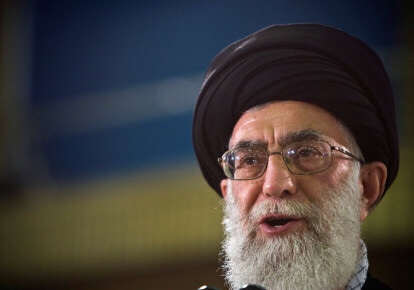

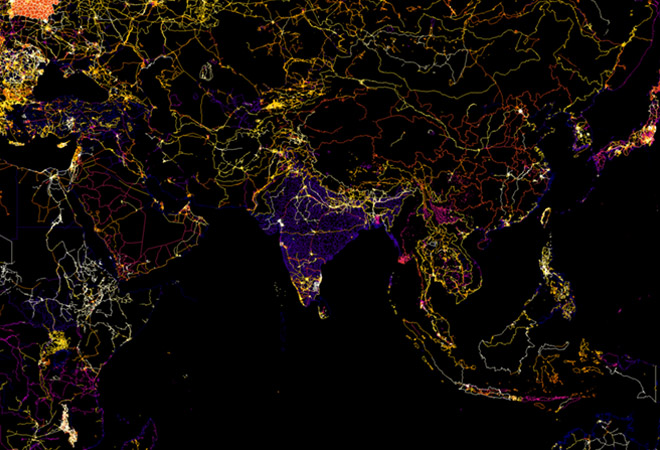
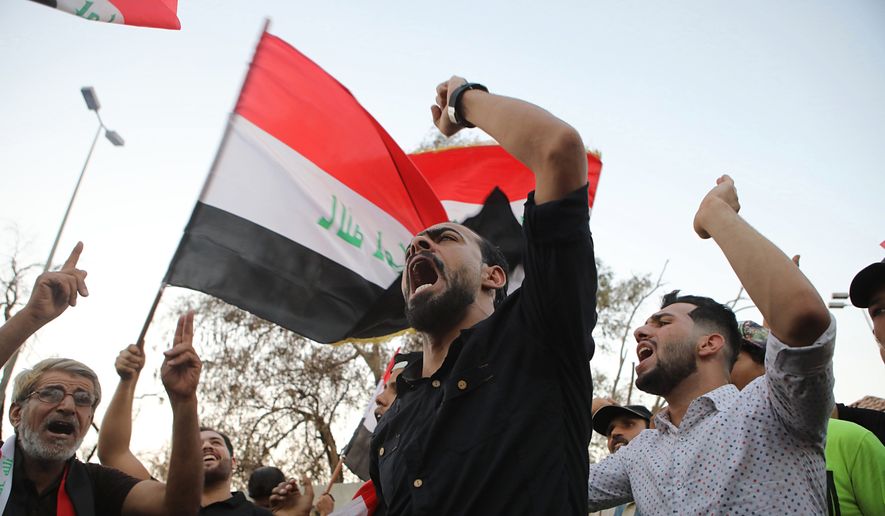


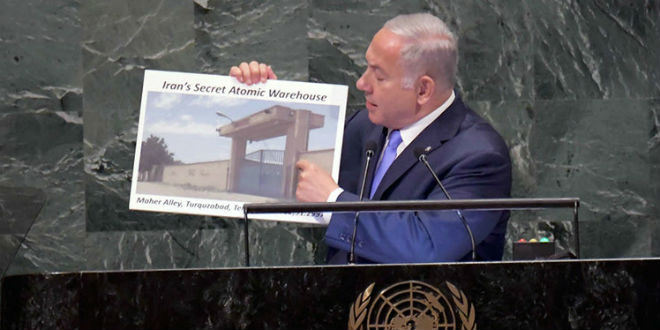
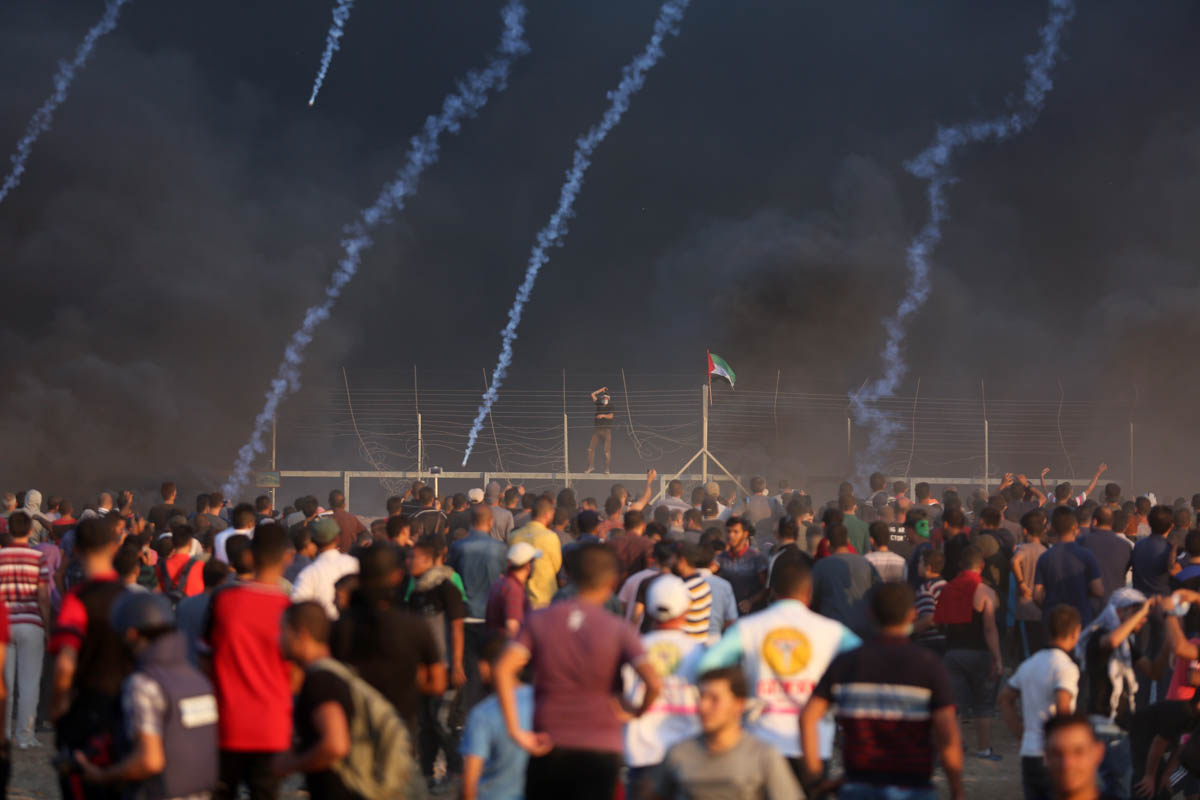 Great March of Return: Six months of protests in the Gaza Strip |
Great March of Return: Six months of protests in the Gaza Strip |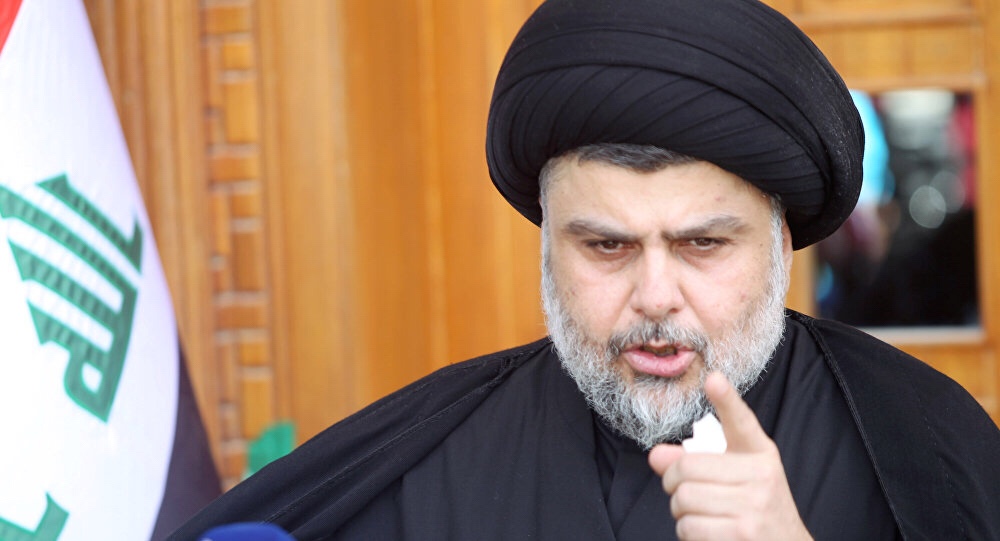








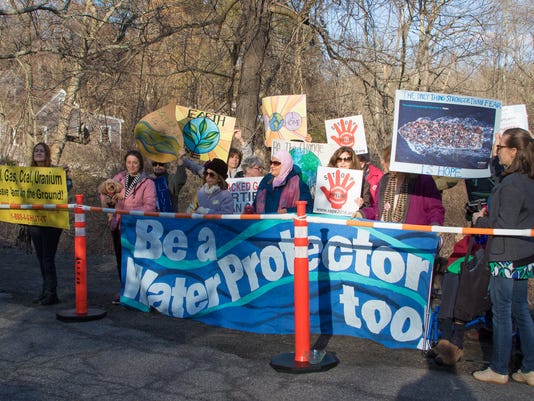 AIM gas pipeline opponents lose legal challenge, may appeal
AIM gas pipeline opponents lose legal challenge, may appeal